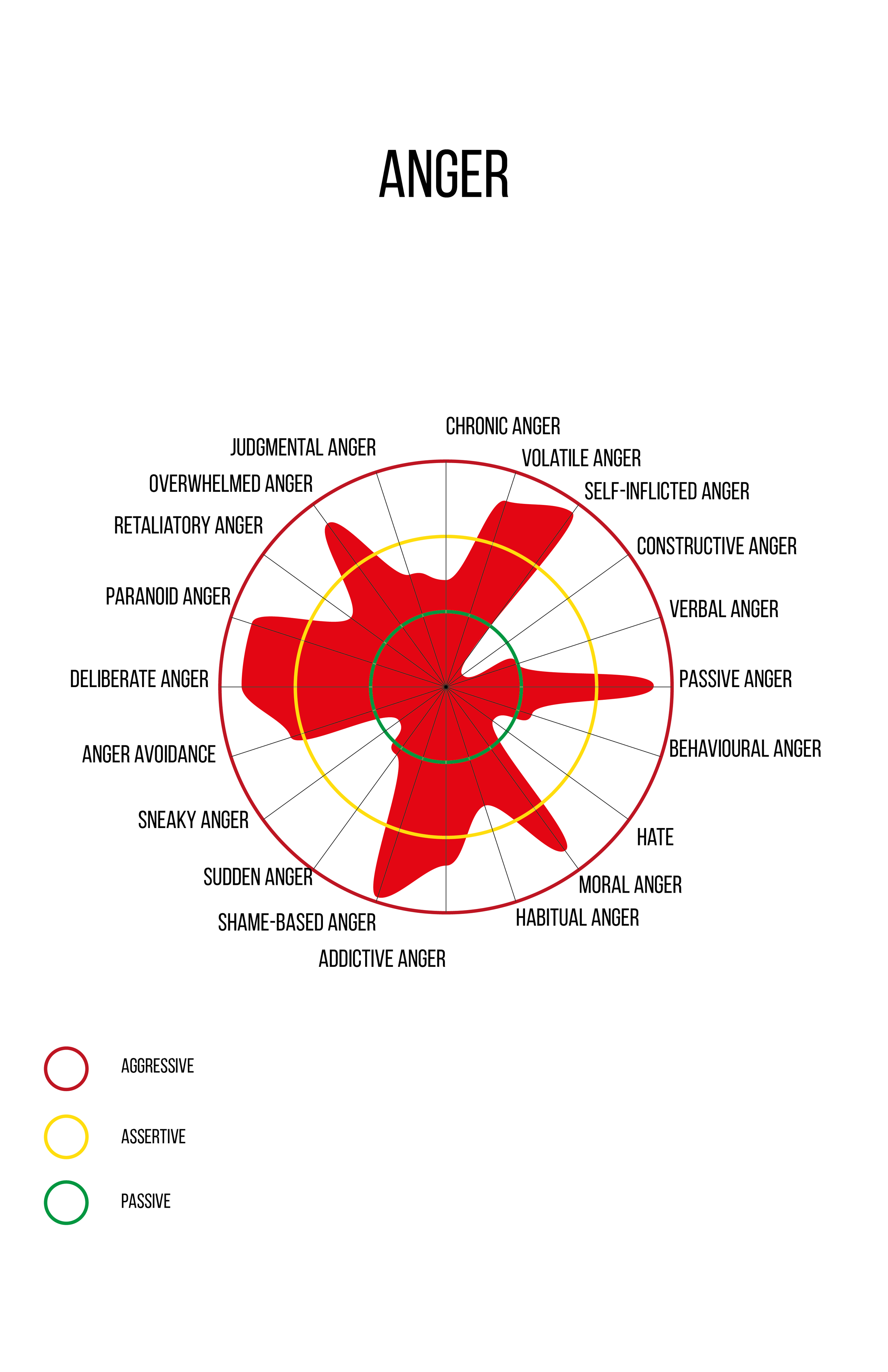Part 2
My second installation was based on the same process of differentiating the three emotions of sadness, anger and happiness. In this installation, the interactor’s experience became more personal because the interactor was exposed to my experience with mental illness through video clips of me expressing the three emotions. Instead of focusing on physically expressing emotion through facial expressions, this installation centered on a hands-on feature in which three objects represented the three emotions. Interactors were able to physically feel the difference in emotions with each object by touching the specific forms that represented an emotion. With the hands-on stimulant, each object provided a tactile analog of an emotion and touching it triggered a video that depicted the artist experiencing that emotion. In this installation, people with a mental illness are still able to shift through the three emotions to help them understand how they feel but this piece also allows the interactors to understand what it is like to feel that particular emotion through the reality of the artist's struggle to understand her own emotions.



To further develop my approach to my therapeutic installations, I have been focusing on expressing my own emotions that derive from my own struggles with my mental illness. In these aspects, I have been able to connect to my interactive installations on an emotional level where I have been able to use my installations personally to benefit in the management of my mental illness.
Hopefully, the raw footage of the artist expressing her emotional states and an understanding of the artist’s psychological and emotional well-being will impact the interactors’ awareness of mental illness after their experience with the installation.



